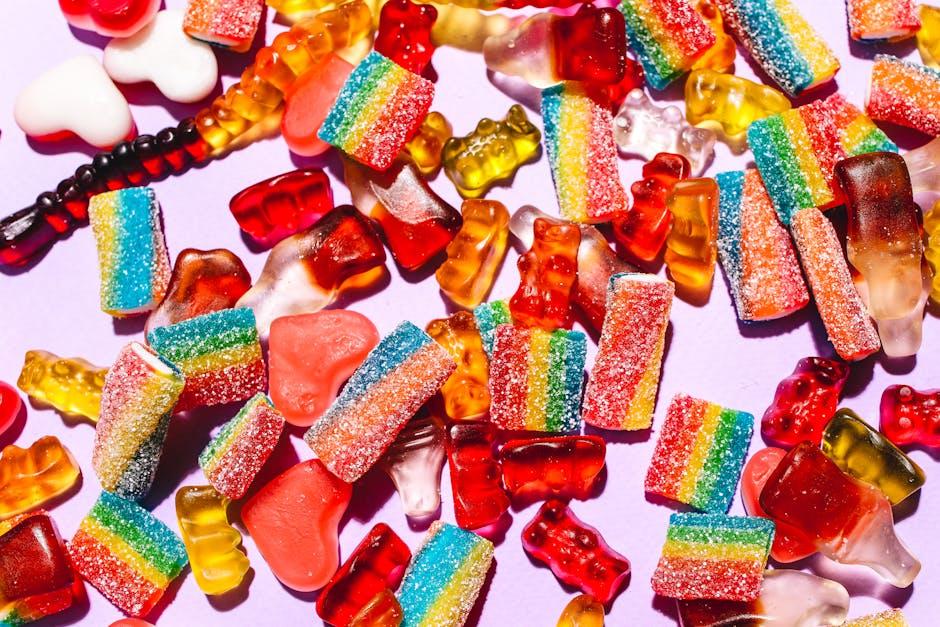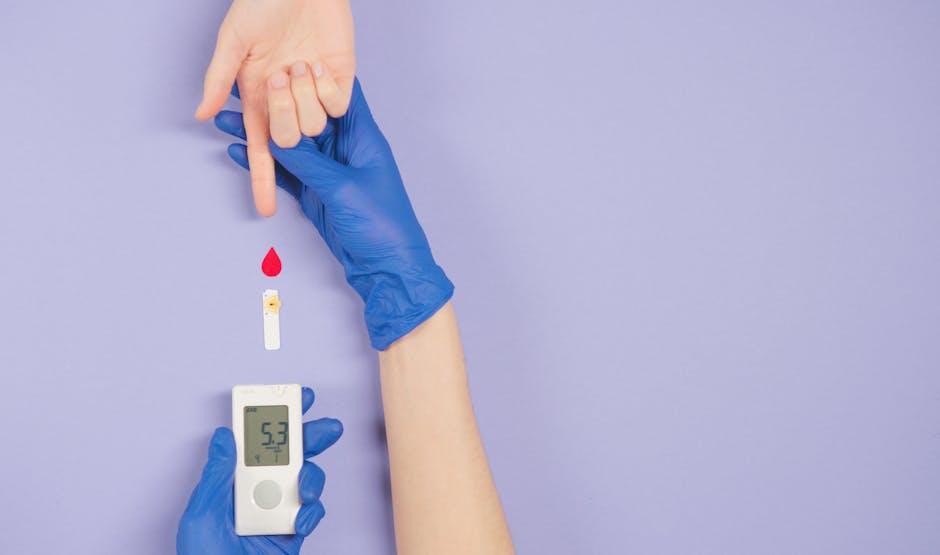:max_bytes(150000):strip_icc():format(jpeg)/Health-GettyImages-1189274221-662f6d6adf6e4d72be28709c076ae3ee.jpg)
Humans ingest, on average, about 50 plastic bags worth of microplastics every year, research has found.
Though there are some ways to lessen the amount of microplastics you’re inhaling or ingesting, it’s virtually impossible to avoid them altogether. So, because our bodies will contain at least some microplastics, is there anything we can do about it?
Researchers are just beginning to understand how microplastics (and even smaller nanoplastics) affect our bodies and how to get rid of them. But there’s some evidence that antioxidants, healthy eating, and other methods of reducing inflammation could minimize the harm microplastics have on our bodies.
“In any area of environmental health science, very rarely do you ever have a smoking gun,” said Matthew Campen, PhD, MSPH, director of the New Mexico Center for Metals in Biology and Medicine and professor at the University of New Mexico College of Pharmacy. Like asbestos and cigarette smoke, he told Health, “it will be a long time before we have definite answers.”
However, animal and human studies have found correlations between negative health effects and microplastics. And these tiny particles have been found in nearly every part of the human body.
Microplastics cause issues because the plastic particles themselves can get into tissue, but also because they can harbor chemicals.
A report published last year found that at least 4,200 of the 16,000 chemicals used to make plastic are considered concerning to human health and the environment.
“Chemicals in plastics—phthalates and BPA—we know those are measured in people,” Tracey Woodruff, PhD, MPH, professor and director of the Program on Reproductive Health and the Environment at the University of California, San Francisco, told Health.
For this reason, microplastics’ effect on the body likely depends on:
- The individual person and their health history
- The size of the plastic particles
- The type of plastic
- The quantity in a person’s body
”The dose makes the poison—anything at a high enough dose can be toxic,” Campen said.
Inflammation is the body’s natural response to stress, tissue damage, and pathogens—and, as some studies suggest, possibly microplastics.
But excessive inflammation can become a problem—it’s been linked to over 100 diseases, including Alzheimer’s disease and cancer, Iman Zarei, PhD, a postdoctoral researcher at the University of Eastern Finland’s Institute of Public Health and Clinical Nutrition, told Health.
It’s difficult to say whether inflammation is the reason why microplastics have been linked to chronic diseases, but it’s possible that it may play a role.
A 2024 study found people who had more microplastics or nanoplastics in the plaque in their neck arteries had a nearly five times higher risk of heart attack or stroke. It’s not totally clear why, but experts concluded excess inflammation may have been a factor.
Gut health is a concern, too. In 2022, researchers looked at a model of the human gut microbiome and found that exposure to a common type of plastic used in food and beverage packaging could affect healthy digestion and cause pro-inflammatory bacteria to grow.
Researchers have also hypothesized that some chemicals on the surface of microplastics may disrupt hormones and block them from properly regulating sleep, appetite, and signaling across the body, said Zarei.
Luckily, not every plastic particle you encounter lingers in the body forever.
Humans largely ingest microplastics by eating and drinking, and many particles—particularly larger ones, like those from plastic cutting boards—”pretty much just pass right through your colon,” said Campen. “There is definitely reason to believe a lot of it will come out through the feces.”
The chemicals from microplastics also “don’t stay in the body very long, so if you stop exposure, the levels [in] your body will go down,” added Woodruff.
This is a strong case for reducing microplastics exposure, though Woodruff noted the ubiquity of plastic makes that hard—chemicals that leave our blood will be quickly replaced.
Plus, other smaller particles may not be ejected from the body. Researchers have found that nanoparticles are sometimes absorbed by cells, and can develop protein shells that allow them to easily move around the body.
Since avoiding microplastics is easier said than done, researchers are looking for ways to minimize their effects on the body.
For now, “we cannot really name something and say, ‘That is a cure for microplastics,’” said Zarei. However, some dietary changes could potentially hold promise.
Antioxidants Might Help
Zarei and a team of other researchers published a study in February suggesting that antioxidants may be able to reduce the effects of microplastics by quelling inflammation.
Specifically, they found that a plant compound called anthocyanin—naturally found in purple and blue foods such as berries or grapes—might be able to counteract the reductions in testosterone and estrogen, worse sperm quality, and other harms microplastics may have on fertility.
Though research is mixed, anthocyanin has also been linked to better regulation of blood sugar, heart health benefits, and a lower risk of Alzheimer’s disease.
Eat Healthy
Though it’s not a perfect solution, experts agreed it’s likely easier for your body to deal with the potential effects of microplastics exposure when it’s healthy.
That means doing your best to maintain a healthy weight and avoid obesity, which is linked to a host of chronic diseases.
Your eating habits also help “build your resistance to all sorts of assaults on your body,” including microplastics, Woodruff said. She recommended eating a diet rich in:
- Fresh fruits and vegetables
- Unprocessed meat
- Beans and fish
Diets full of vegetables, nuts, and whole grains also have more fiber, which is good for the gut microbiome. Plus, healthy eating plans such as the Mediterranean diet have been linked to lower rates of type 2 diabetes, healthy hormone levels, and lower inflammation.
“We see from the science on other contaminants like lead that if you have a nutritionally balanced diet, it can help mitigate some of the harms,” Woodruff explained.











